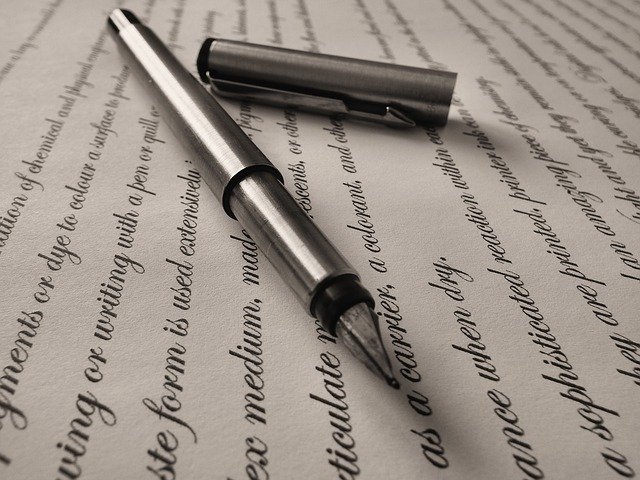Splitting your pension when you get divorced
 There are many things to sort out when you get divorced, with perhaps one of the more complex tasks being the fair distribution of pension pots. If you and/or your ex spouse do have a pension it'll be worth your while instructing a professional solicitor with an expertise in family law and divorce to oversee matters on your side.
There are many things to sort out when you get divorced, with perhaps one of the more complex tasks being the fair distribution of pension pots. If you and/or your ex spouse do have a pension it'll be worth your while instructing a professional solicitor with an expertise in family law and divorce to oversee matters on your side.
Pairing pensions and a divorce together is usually a very complicated issue, but it's also essential that things are sorted out fairly and correctly. It's important to note that there are a number of ways that a court will deal with your pension and that of your former spouse. Even if a settlement can be agreed between yourselves you are still likely to go down one of these routes.
Below you'll find the options that are available, but it must be stressed that this only covers the basics. The guidance related to pensions often changes and things really can get very complicated, so discussing things with a solicitor who has extensive specialist knowledge in this area is key.
Three methods to splitting a pension
Just like a property or a vehicle, a private pension is an asset. As part of a divorce settlement, this pension will be split between the two parties involved and will be confirmed by court order.
In England and Wales there are three different methods a court will use to divide pensions:
- Pension sharing
- Pension offsetting
- Pension attachment
With each method, the aim is to make sure the divide is fair.
Pension sharing
Pension sharing is when the pension assets of each partner is split as soon as the divorce is finalised. This provides a clean break and allows each party to decide what they would like to do with their share of the pension independently. With this method, the higher earner will not see any loss from future earnings but will take an initial hit to their pension benefits, while the lower earner will not lose any pension benefits if they choose to remarry. It means both can quickly get on with their lives.
Pension offsetting
In the case of pension offsetting, assets of the same or similar value - typically things such as a house - are transferred to one party while the pension remains with the other. This is arguably the most common method used as it's a dynamic approach and tends to provide an acceptable outcome that is suitable for both parties.
Pension attachment
With pension attachment, as soon as the higher-earning party begins to claim their pension, some or all of the pension payment is transferred to the lower-earning party. This is a method that can greatly benefit the lower-earner as it means they are still entitled to their ex-partner's pension contributions and matched payments even following the divorce. However, if the lower-earner remarries, this usually results in them forfeiting their claim to the pension attachment.
What makes splitting a pension so difficult?
It's difficult to accurately split a pension between two parties because it can be tough to value before being claimed, meaning any figure is just an estimated guess. Furthermore, pension rules that were introduced in 2015 allowing people to take their whole pension pot as a lump sum once they reach 55 made dividing a pension fairly even more challenging. This is why it's important to discuss your situation with a family law solicitor at the very beginning of the divorce process so that you can work towards generating the best outcome for you.
If you'd like to discuss a pension situation surrounding your divorce, or would like to learn more about any of the other legal services that we offer here at Fonseca Law, don't hesitate to get in touch today. Call us on 01495 303124, e-mail enquiries@fonsecalaw.co.uk or simply fill in our online contact form.
